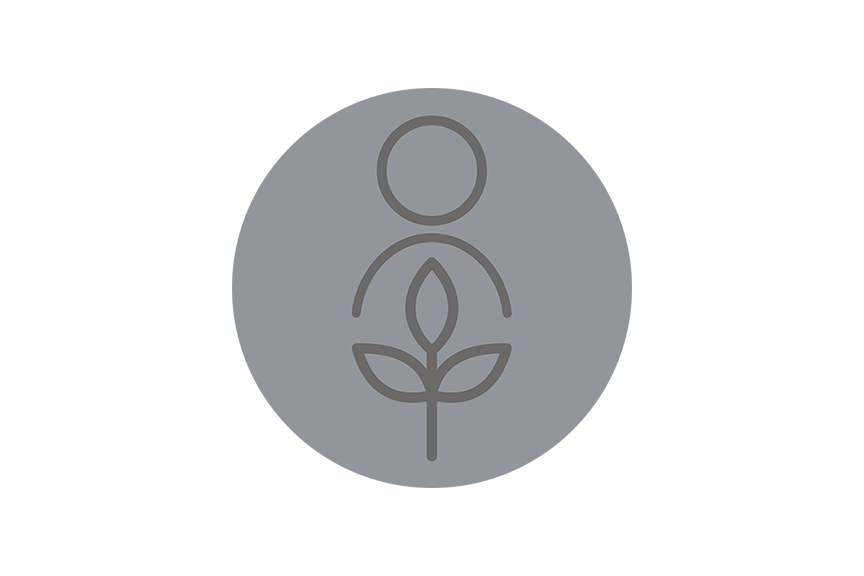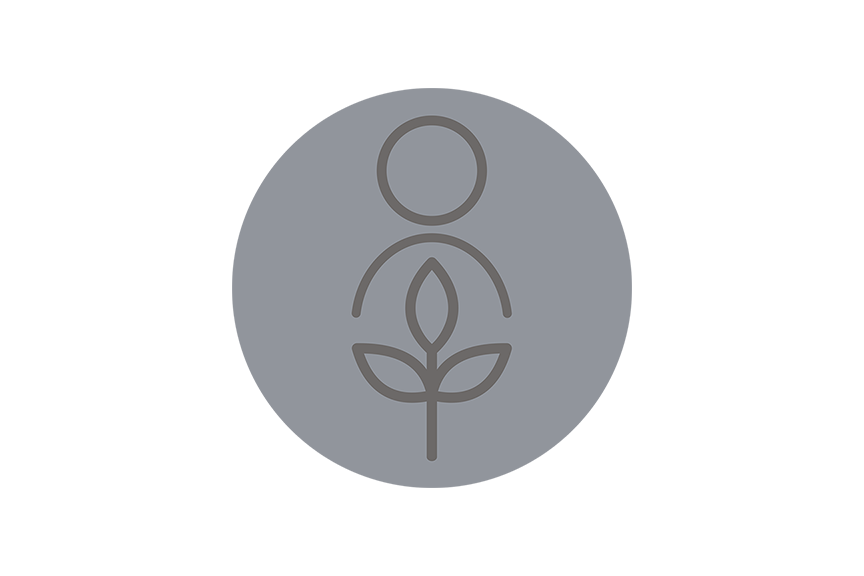Production perspective:
The New Year does not appear too promising in regard to a milk price that can maintain adequate milk income for a positive cash flow. More farms are being restricted on the volume of milk they can sell. A new strategy is striving for a higher milk price by improving milk components while maintaining flat production. There has been discussion about using a benchmark on the pounds of components produced. Some have talked about seven pounds and others have used six pounds of components (both fat and protein) as a goal. The problem that is surfacing—is this an achievable benchmark?
Table 1 illustrates a few examples of what the milk fat and protein would have to be in order to achieve a minimum six pounds of components. Assuming a Holstein herd, it is nearly impossible for cows averaging less than 80 pounds of milk to achieve six pounds of components. The real opportunity is for operations currently averaging over 80 to 85 pounds of milk.
Table 1. Example milk pounds and percent components to achieve six pounds.
| Milk production, lbs | Milk fat, % | Milk protein, % | Pounds of components |
|---|---|---|---|
| 70 | 5.0 | 3.6 | 6.02 |
| 75 | 4.5 | 3.5 | 6.00 |
| 80 | 4.3 | 3.2 | 6.00 |
| 85 | 4.0 | 3.1 | 6.04 |
| 90 | 3.7 | 3.0 | 6.03 |
| 95 | 3.5 | 3.0 | 6.18 |
The dairy industry is struggling with product surplus and low milk prices that are not sustainable for financial health. This does not leave a lot of options to minimize accounts payable. The Extension Dairy Team met recently to re-evaluate some standard benchmarks. Currently the production goal lists 70 pounds for 2X milking and 80 pounds for 3X milking. Considering the improvements in genetics and feed quality over the past decades are these appropriate? There are herds milking 2X that exceed 80 pounds and there are 3X herds exceeding 90 pounds. If the dairy industry is going to succeed in Pennsylvania maybe the bar should be set higher? The downside to this approach is more dairy farms going out of business if they can’t meet these ever more competitive standards. This is not a very optimistic view, but the industry is changing. The U.S. is being impacted significantly by how dairy policy is being implemented across the world.
It is not too late to assess management practices on the farm and examine opportunities for improvement. Even farms exceeding these benchmarks are always looking at options to do things better and more efficiently. In today’s markets it is no longer viable to farm without knowing the operation’s cost of production. Decisions need to be made based on how they impact the breakeven cost of the operation. The goal should be setting the bar higher and higher to achieve better herd financial performance.
Action plan for improving milk components
Goal – Calculate the herd’s current pounds of components per cow and set goals accordingly.
- Step 1: Using DairyComp 305 or PCDART, examine the changes in components during the various seasons. Discuss opportunities for making improvements in both milk fat and milk protein.
- Step 2: Working with the nutritionist, examine forage quality, quantity, and other feeds that can help improve components and increase or maintain production.
- Step 3: Track pounds of components per cow monthly and share this information during profit team meetings with the appropriate advisors.
Economic perspective:
Monitoring must include an economic component to determine if a management strategy is working or not. For the lactating cows income over feed costs is a good way to check that feed costs are in line with the level of milk production. Starting with July 2014’s milk price, income over feed costs was calculated using average intake and production for the last six years from the Penn State dairy herd. The ration contained 63% forage consisting of corn silage, haylage, and hay. The concentrate portion included corn grain, candy meal, sugar, canola meal, roasted soybeans, Optigen, and a mineral vitamin mix. All market prices were used. Also included are the feed costs for dry cows, springing heifers, pregnant heifers and growing heifers. The rations reflect what has been fed to these animal groups at the Penn State dairy herd. All market prices were used.
Income over feed cost using standardized rations and production data from the Penn State dairy herd.
Note: Penn State’s December milk price: $18.17/cwt; feed cost/cow: $5.51; average milk production: 84.0 lbs.
Feed cost/non-lactating animal/day.
Source: PennState Extension











